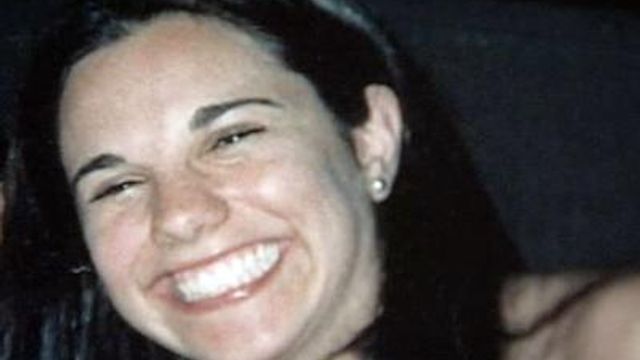Local News
Evidence Not Collected in Young Murder Case
Evidence that could be used to convict whomever killed Michelle Young was never collected even though it was requested.
Posted — UpdatedRALEIGH, N.C. — Evidence that could be used to convict whomever killed Michelle Young was never collected, even though a document that accompanied her body to the medical examiner's office shows investigators asked for it.
According to the pathology sheet, obtained Thursday by WRAL, agents with Wake County's City-County Bureau of Investigation, requested tests to determine whether Young had either been sexually assaulted or had sex prior to her death.
Young, 29, was found dead inside her south Raleigh home on Nov. 3. An autopsy later revealed she died from blunt force trauma to the head. Authorities still have not made an arrest in the case.
Sexual assault kits are normally only performed when there is obvious evidence at the crime scene or on the victim's body. Otherwise, investigators must request those tests.
Young was fully clothed when her body arrived at the Office of the Chief Medical Examiner.
The CCBI, which collects forensic evidence in all homicide cases, asked for several types of evidence from the autopsy: blood, hair (both head and pubic), clothing and the sexual assault kit.
CCBI Director Sam Pennica said his agency also made the request to a member of the medical examiner's staff, but for some reason, the sexual assault tests were never performed. If it is collected during an autopsy, it is indicated on the autopsy report, but there was no mention of a sexual assault examination on Young's report.
"The medical examiner is in charge of the body, not us," Pennica said. "We can only request what we would like to have -- what we feel is important to the investigation."
In criminal cases, investigators try to get as much evidence as possible to identify and eliminate suspects.
Legal experts say that when the case goes to trial, a lack of evidence, such as the sexual assault kit, could cast reasonable doubt for a jury and make it difficult for a conviction.
"Certainly, it leaves an area of unanswered questions," Pennica said.
Investigators, however, do have other methods of obtaining the evidence.
It's unclear why the evidence was not collected and Chapel Hill's chief medical examiner, Dr. John Butts, doesn't know, because he said he has not had a chance to talk to pathologist Dr. Thomas Clark, who performed the autopsy, about that piece of evidence.
"I wasn't there," he said. "If a decision was made not to collect that kit, I don't know why that decision was made."
Butts did say, however, that requests on the pathology sheet often change once a body is ready for autopsy. But those requests aren't always documented on the sheet and that the sheet isn't always used during the autopsy.
"The fact that someone checked something doesn't mean that request was conveyed to us," he said.
• Credits
Copyright 2024 by Capitol Broadcasting Company. All rights reserved. This material may not be published, broadcast, rewritten or redistributed.





